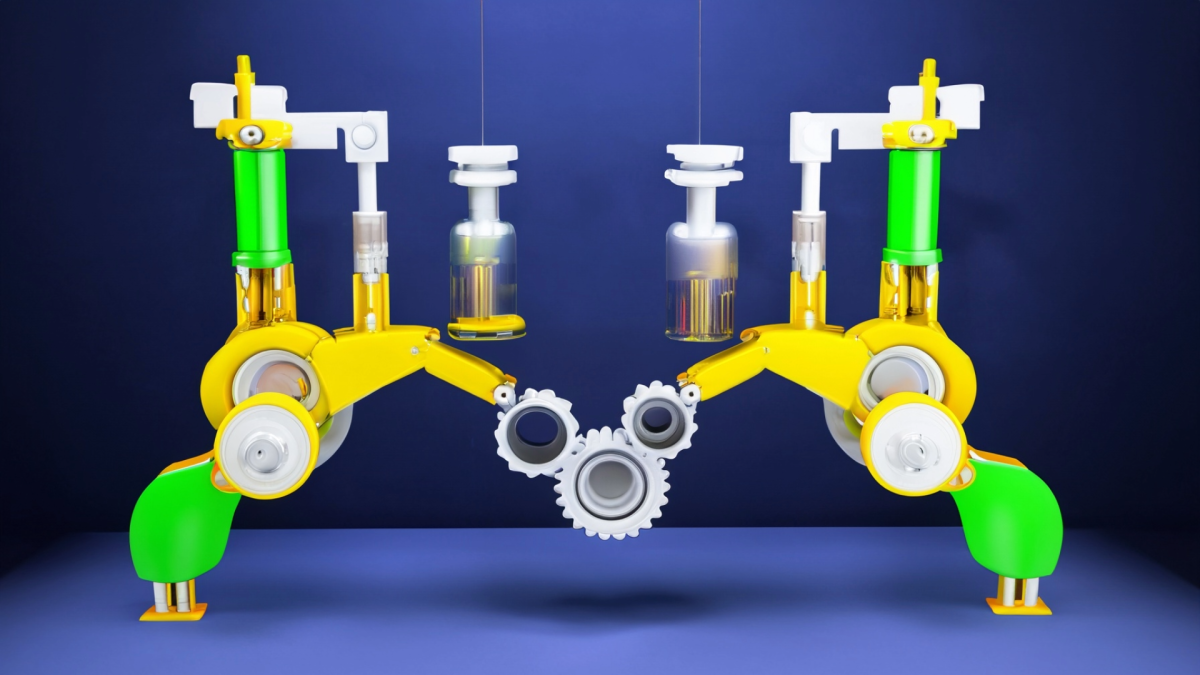
Groundhog Day: Investigating Shadows and Light
by Brittany Robertson
In this Kindergarten STEM lesson, students explore the concepts of light and shadows using Groundhog Day as a thematic starting point. The lesson begins with an engaging introduction through a SciShow Kids video and the book "Groundhog Day!" by Gail Gibbons. Students then create groundhog shadow puppets and investigate how shadows are formed using flashlights and natural light in different settings. They will use non-standard measurement tools to measure shadow lengths, incorporating basic math skills into the activity. The lesson develops students' understanding of transparent, translucent, and opaque objects while providing hands-on experience with scientific investigation and measurement.
Lesson Grade Level
KindergartenLesson Plan Link/URL
https://docs.google.com/presentation/d/16d3f3fimTxXRT0mzr0M-GIT3jM2k3qoB/edit?u…Subject Area
Science Physical Science P2: Objects at a Distance Mathematics Measurement and Data (MD)
Featured
Off
Related Content

Grades:
5th Grade
This lesson introduces a phenomenon to start a unit on the properties of matter. Students will plan and carry out a investigation of an unknown mixture and collect data. In doing so, they will begin

Grades:
6th Grade, 7th Grade, 8th Grade
This is an introductory investigation to how light behaves in an electromagnetic spectrum unit. This is prior to any content being taught at the subject and is a way to spark inquiry and for students

Grades:
Kindergarten, 1st Grade, 2nd Grade, 3rd Grade, 4th Grade, 5th Grade, 6th Grade, 7th Grade, 8th Grade, 9th Grade, 10th Grade, 11th Grade, 12th Grade
Button makers are great additions in the classroom! But first, students should learn the history of buttons, about the button machine and how to operate it. Challenge cards provided inspire students